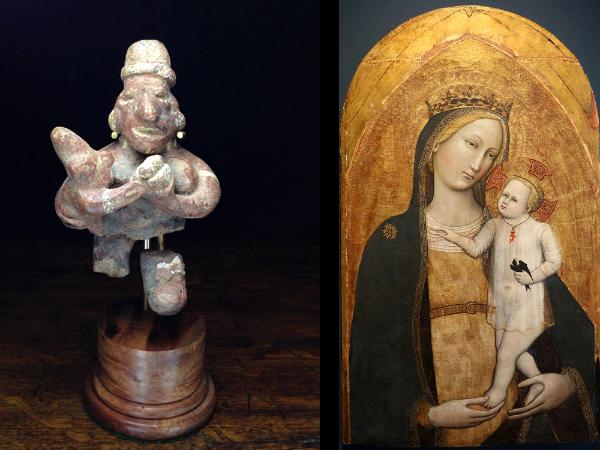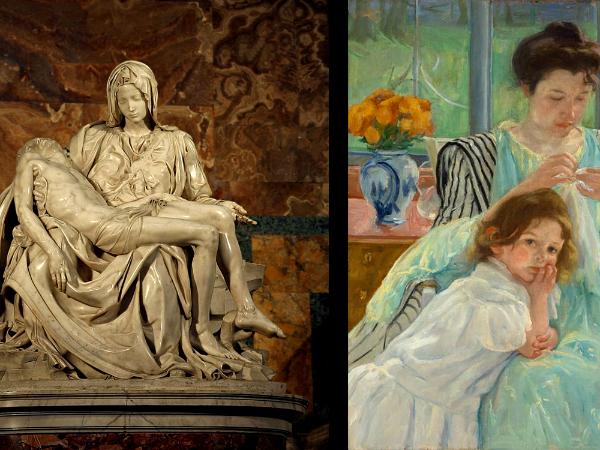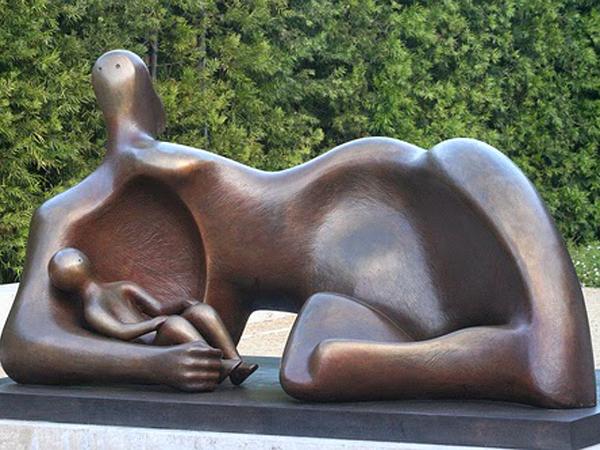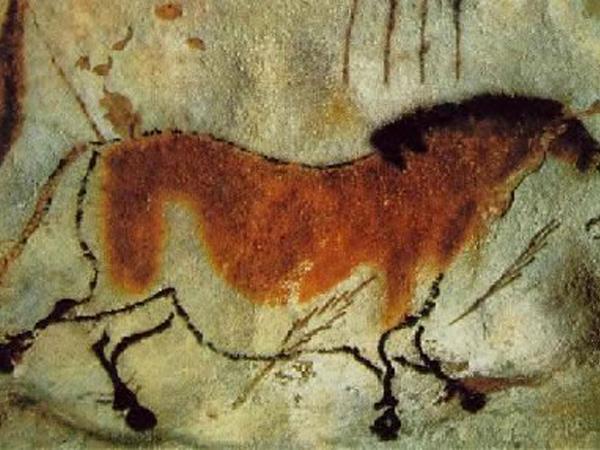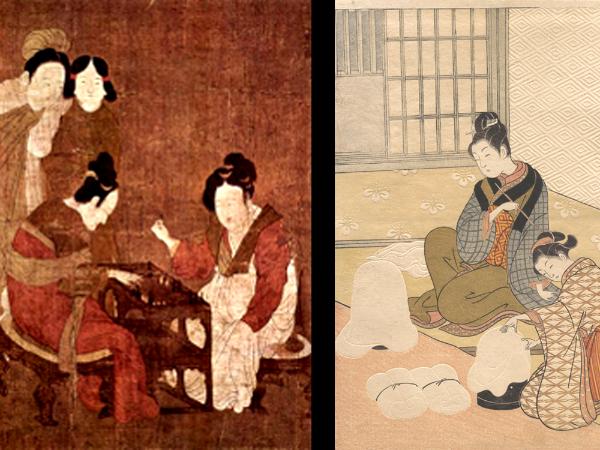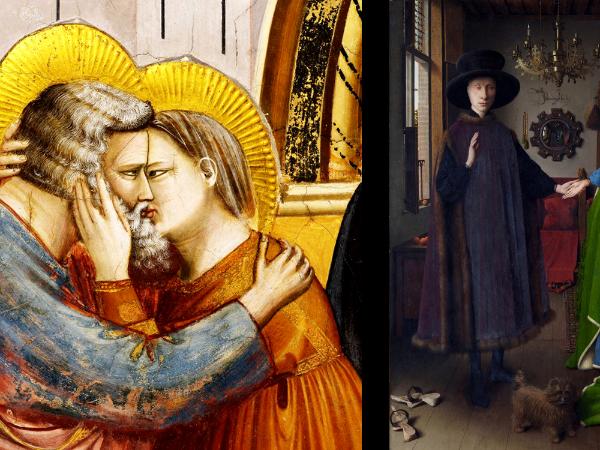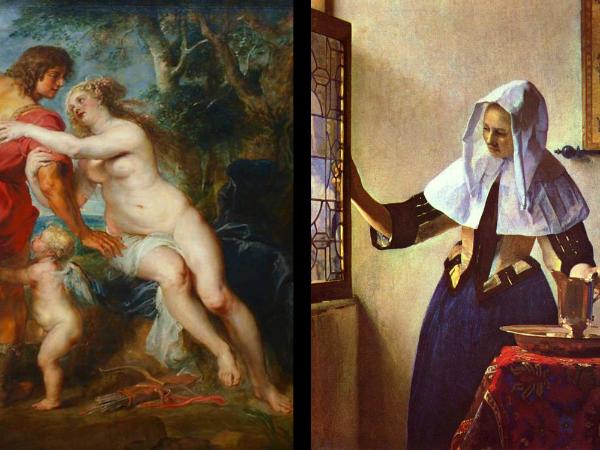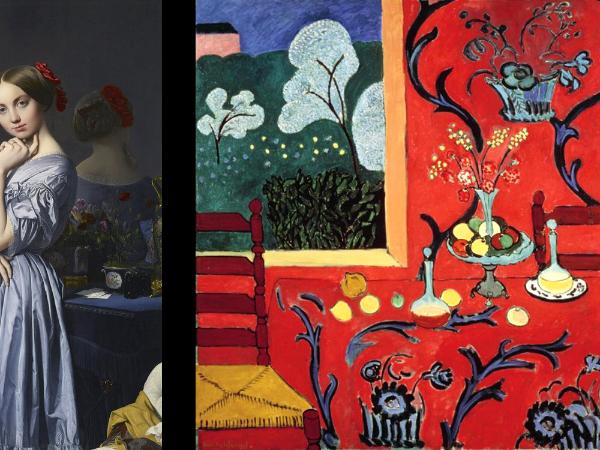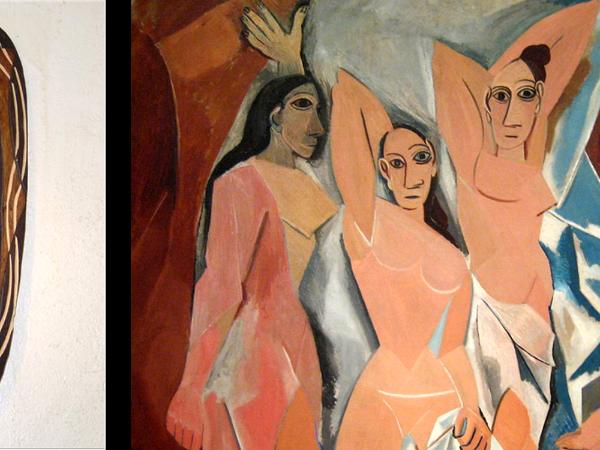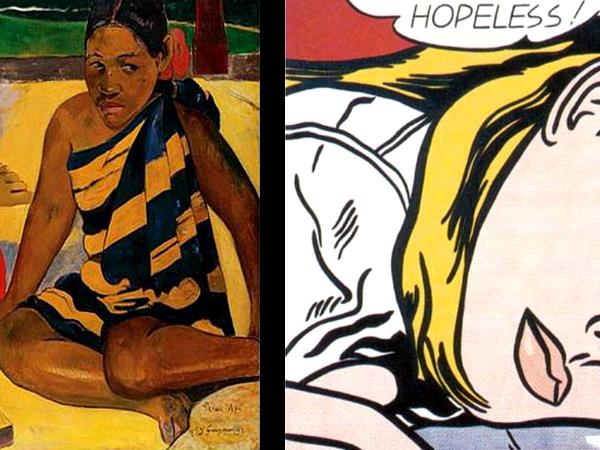Consider the Human Form: Everything Old is New Again
An artistic genius who "breaks the mold" presents the world with a revolutionary visual concept. Each one shows us a new facet of nature or the human condition in paint, stone or other medium.
But are their revolutionary ideas entirely
new?
Consider three artistic endeavors:
· Sculpting the human
form on a solid surface
· Interpreting
the theme of Mother and Child
· Creating three-dimensional
space on a two-dimensional surface.
Centuries after the creation of the
Easter Island monoliths and the stoic
Egyptian deities, Greek artists during the
Hellenic period sculpted lifelike
human figures. What the Greeks had accomplished, and the Romans
copied, was all but forgotten until the beginning of the Renaissance, when
artists dissected cadavers and learned how to chisel out realistic human forms in
stone or bronze, as we see in Verrochio's David. Rodin's towering, emotion laden,
suffering Burghers of Calais in
the
19th Century was the culmination.
With their abstract representations of man
less than forty years later, artists like Jacques
Lipshitz and Giacometti reference us back to the silent figures of the ancient
world.
Artists' interpretations of Mother and Child evolved from small, squat, Precolumbian stone figures to medieval, two-dimensional paintings of the Madonna and Child shimmering in gold leaf. Serenity
and silence are what the artist
chooses to show us.
During the Renaissance, Michaelangelo lets us marvel at his
Pieta. Over the course of the next four
centuries, realism prevailed and brought us to impressionism and Mary Cassatt's charming
pastels. Here, again,
we are witness to the artist's insights into the
subject of Mother and Child.
And by the 20th Century, artists rejected lifelike
images and instead, we now confront the abstract human form, as in Henry
Moore's massive sculptures.
How does an artist make a three dimensional painting on
a two dimensional surface? In the cave
paintings of Lascaux, primitive man relied on curved lines of varied thickness and intensity to bring the animals to life.
Japanese and Chinese artists used line to impart
sensuality and a suggestion of form and
movement to their inked
and painted figures. And though
the figures are flat and lack
solidity, we glimpse their character and
get a look into everyday life.
In contrast to Asian art, in the religious paintings of
Giotto in the 14th century and van Eyck's painting of the Arnolfini marriage,
the figures
occupy space but are frozen in
time and place, silent and pale.
Later, during the Baroque period, we see Rubens lush and exuberant lovers
overflow his canvas with the pleasures of the flesh. And we see Vermeer's young woman standing in a light-filled room and imagine we might walk in to join her.
By the 19th century, Ingres is
once again celebrating
line in his portraits of beautiful young women.
Matisse, the post-impressionist, turned to color and curved embellishments in many of his paintings. He outlined this woman in black and she becomes part of the wall decoration.
At the turn of the century, Picasso,
inspired by African tribal masks,
shocks the art world when he
presents flattened images of nude prostitutes in a brothel. When Gauguin went to Tahiti, he painted large, simplified forms, reflecting an island
life far removed from European culture. And, by mid-20th century, the pop artist Roy Lichtenstein compares people in American society to comic book characters. Both artists' women almost fill their canvases, recalling
Giotto's saintly figures who are
right up against the picture plane. | 




